Economist Claudia Sahm, the creator of one of the most precise recession predictors, has revealed why she’s slightly nervous about some warning signs she’s seeing in the economy.
Sahm believes that the Federal Reserve isn’t doing what it should be doing — taking off basis points in upcoming weeks. Instead, she has stated that the Fed is simply dragging its feet and refusing to act.
The Sahm Rule
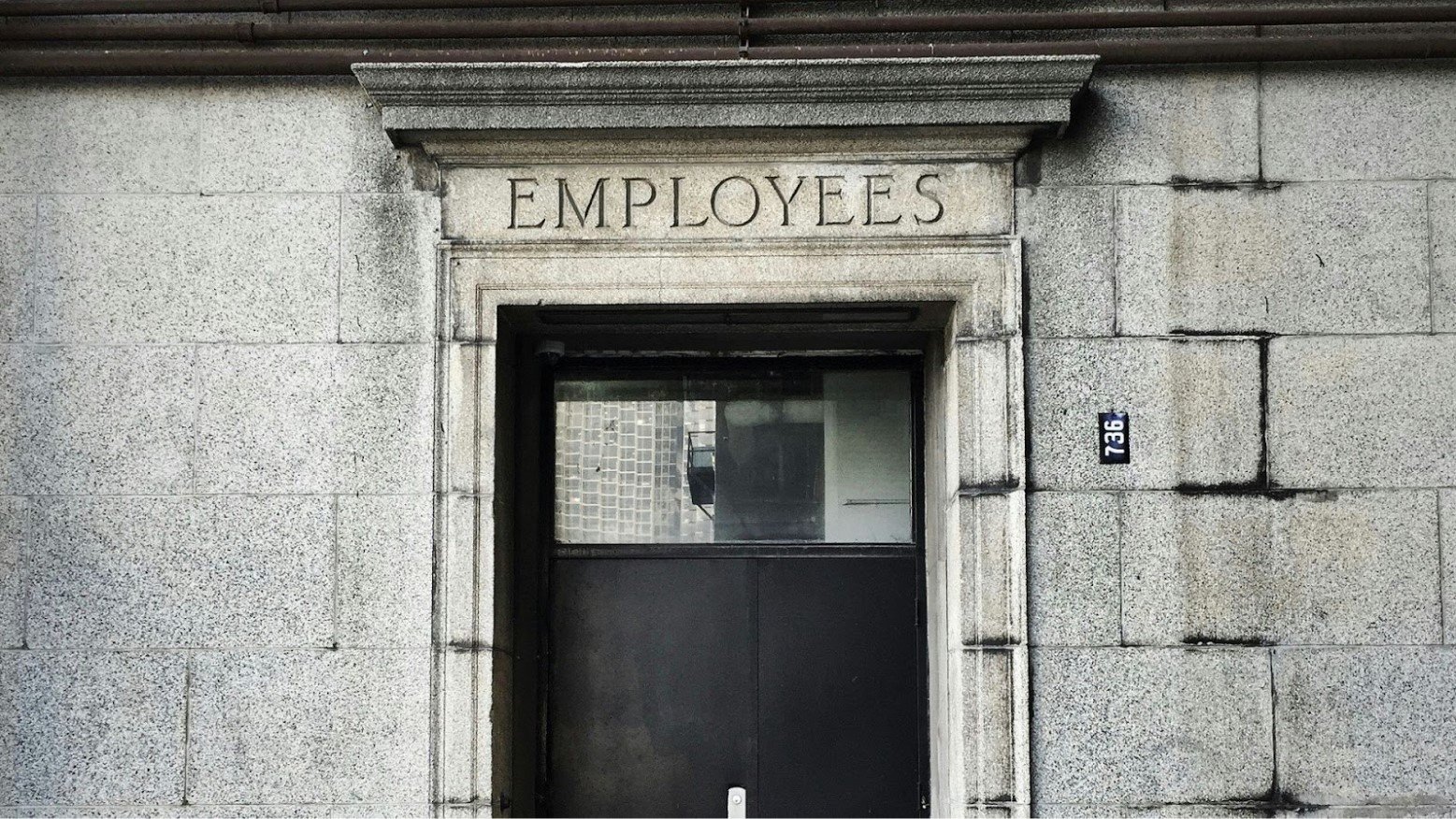
Sahm, a former Fed worker, is the creator of the Sahm rule, one of the most accurate recession predictors ever invented. The Sahm rule is also touted as one of the earliest warning systems for potential recessions in the U.S.
To create this rule, Sahm looked at how recessions begin. She noticed some similarities, across the board. All recessions, whether big or small, tend to start when the unemployment rate’s three-month average rises by at least half a percentage point when compared to what was seen in the previous 12 months’ minimum three-month average.
A Recession in the U.S.
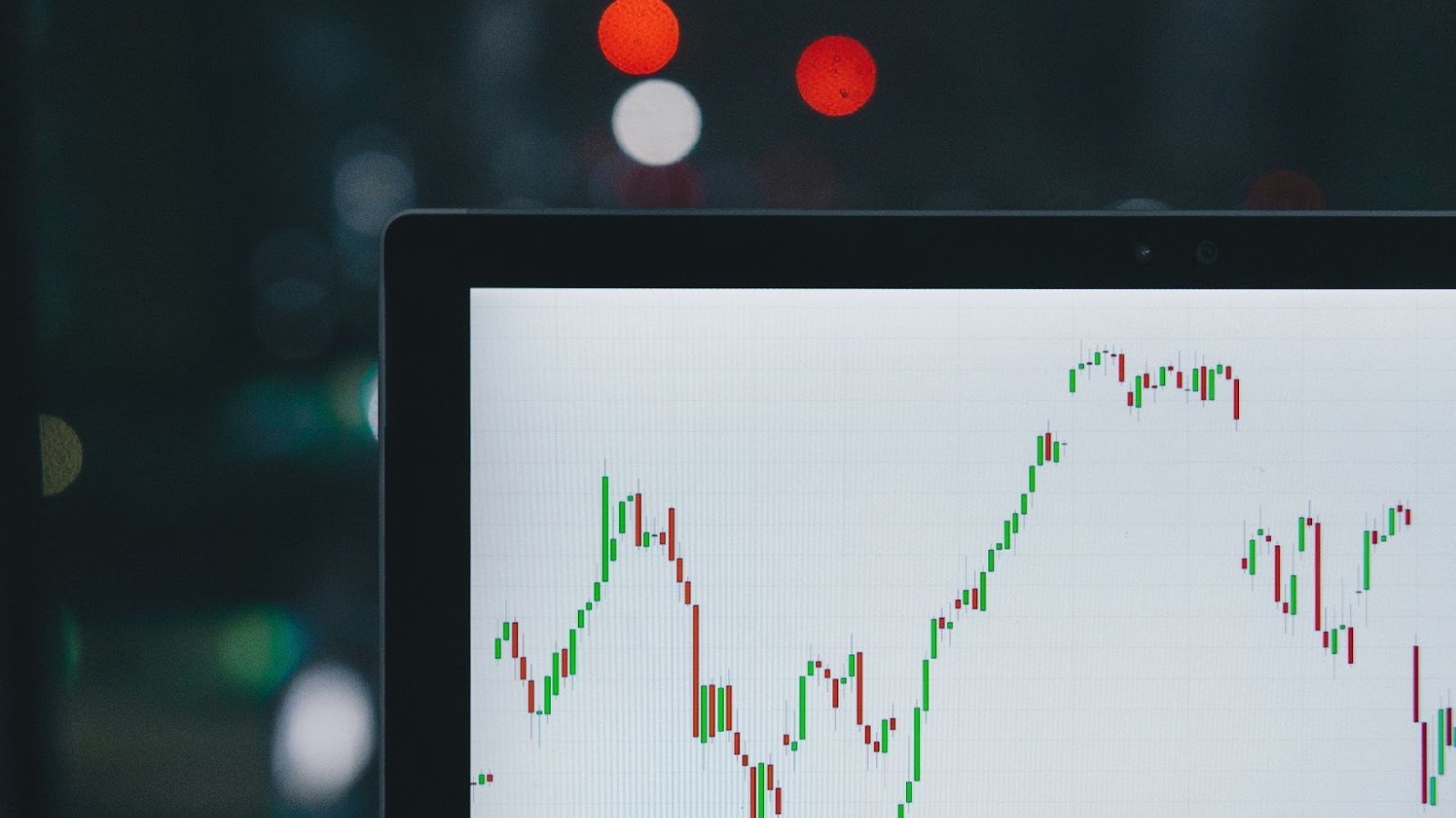
For years now, it has seemed like various economists have worried about the United States going through a potential recession. However, no matter how gloomy things looked, it appeared the country always pulled out of fully going into a recession.
Now, many economists feel that the country’s overall economy is great — though some do disagree.
New Data

However, some new data has a few economists slightly worried. One latest report has revealed that pricing pressures haven’t gone down, even though it was thought that they would.
Last month, inflation in the U.S. rose by 3.2% in a move many economists are calling unexpected. This data may become just the latest challenge the Fed must face.
Sahm on the Fed
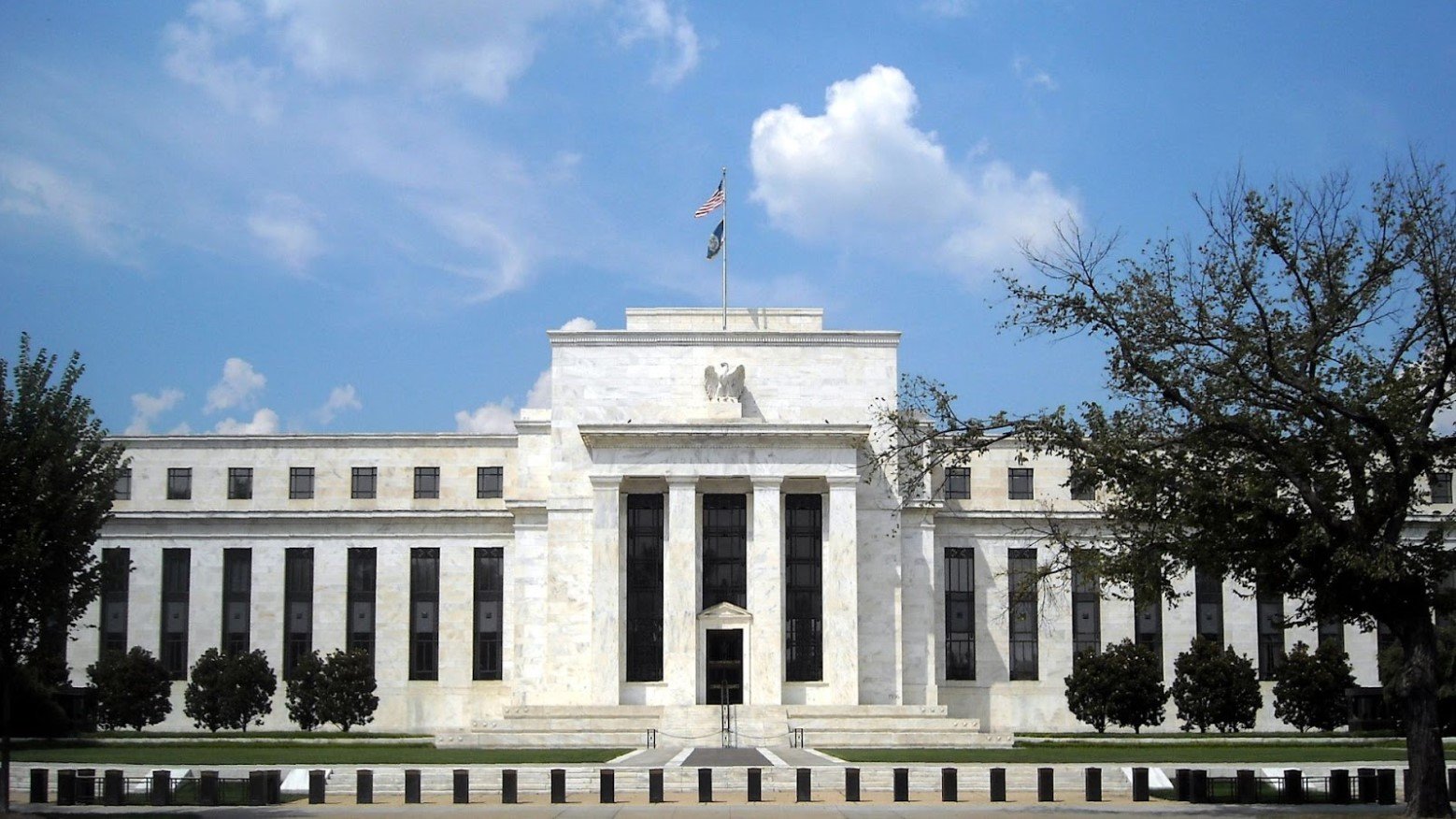
Sahm has stated she wants to see the Federal Reserve make some moves now — though it doesn’t appear like it will.
“I would really have them take 25 basis points off next week,” Sahm explained after analyzing recent economic data, especially the consumer price index from February. This index revealed that consumer prices rose by 0.4% in February.
The Fed Should Ease Rates

Sahm believes the U.S. economy would benefit greatly if the Fed would ease rates. Currently, rates are in the 5.25% to 5.5% range.
While Sahm doesn’t think these cuts should be dramatic, she does believe that the Fed needs to move quickly. These decisions need to be made as soon as possible. The Fed shouldn’t keep pushing these choices down the line.
Why the Fed Should Cut Rates

According to Sahm, the Fed needs to cut rates soon so that it eases its own tight monetary policy. This policy has been the Fed’s status quo for two years now.
However, now Sahm believes that a change is needed. To help the economy from this tight monetary policy, these cuts should be made to help cool the economy down. This could also help limit consistent rises in inflation.
The Fed’s Decisions

Recently, many top Fed officials have stated that they don’t think they need to ease rates at all — even with the recent economic and inflation reports that have come out.
These statements, as well as what Sahm has heard from officials herself, have left the economist believing the Fed won’t act until July, at the very earliest. However, this delay could be detrimental, as it could end up causing a recession.
Why a Recession Could Happen
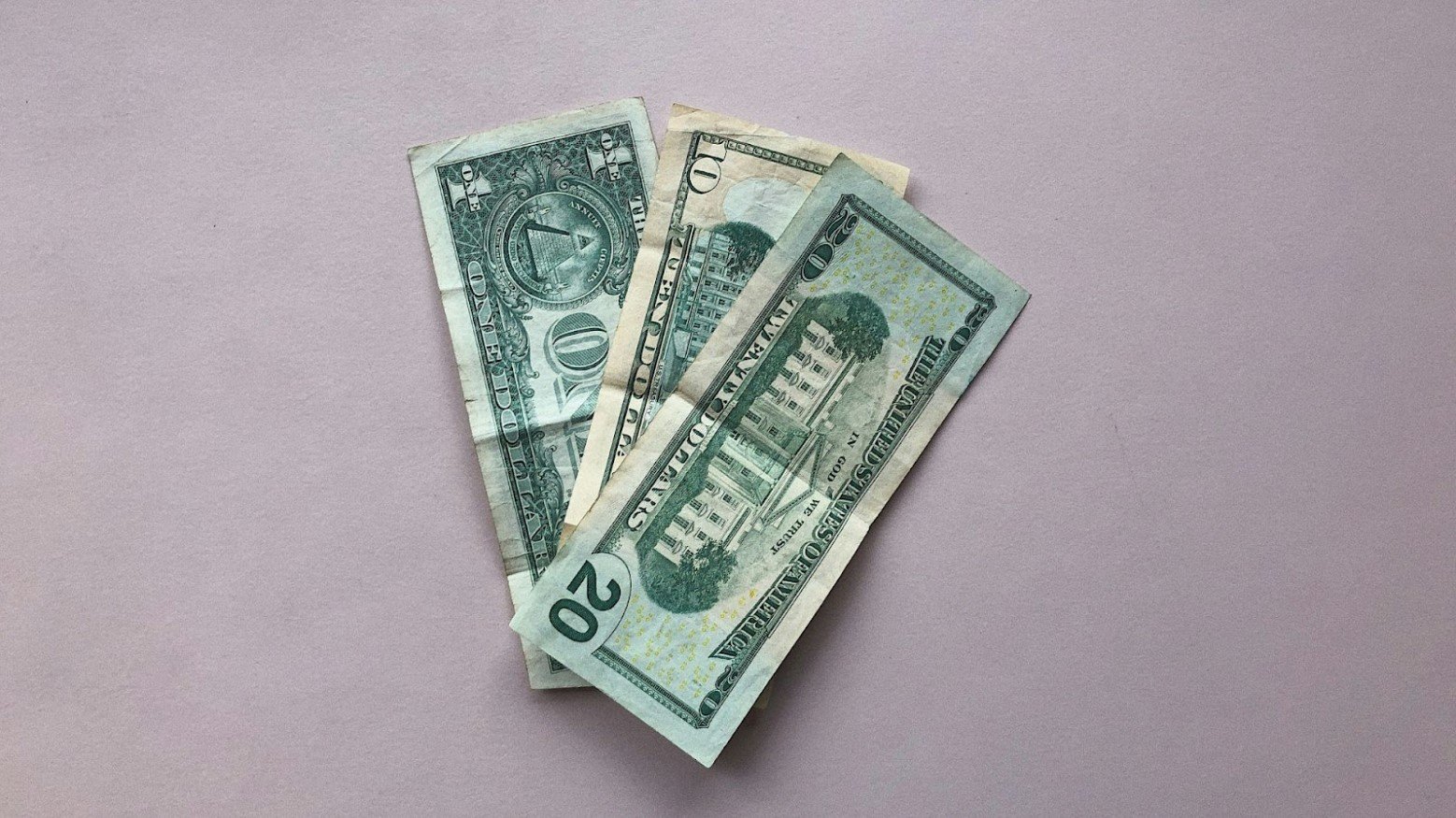
According to Sahm, this delay in the easing of rates could result in a recession rather quickly. This could happen because the Fed is allowing its tight monetary policy to stick around too long.
This policy may have worked for the past two years. However, now it’s becoming too restrictive and staying around for too long. After all, the Fed has already successfully softened consumer demand, as they designed.
The Fed’s Risks

Sahm believes the Fed is taking risks it shouldn’t be taking, mainly because its decisions could quickly lead to a recession that eventually spirals out of control.
“They are taking risks that I have a hard time wrapping my head around,” she explained.
Sahm’s Rule and Today’s Unemployment
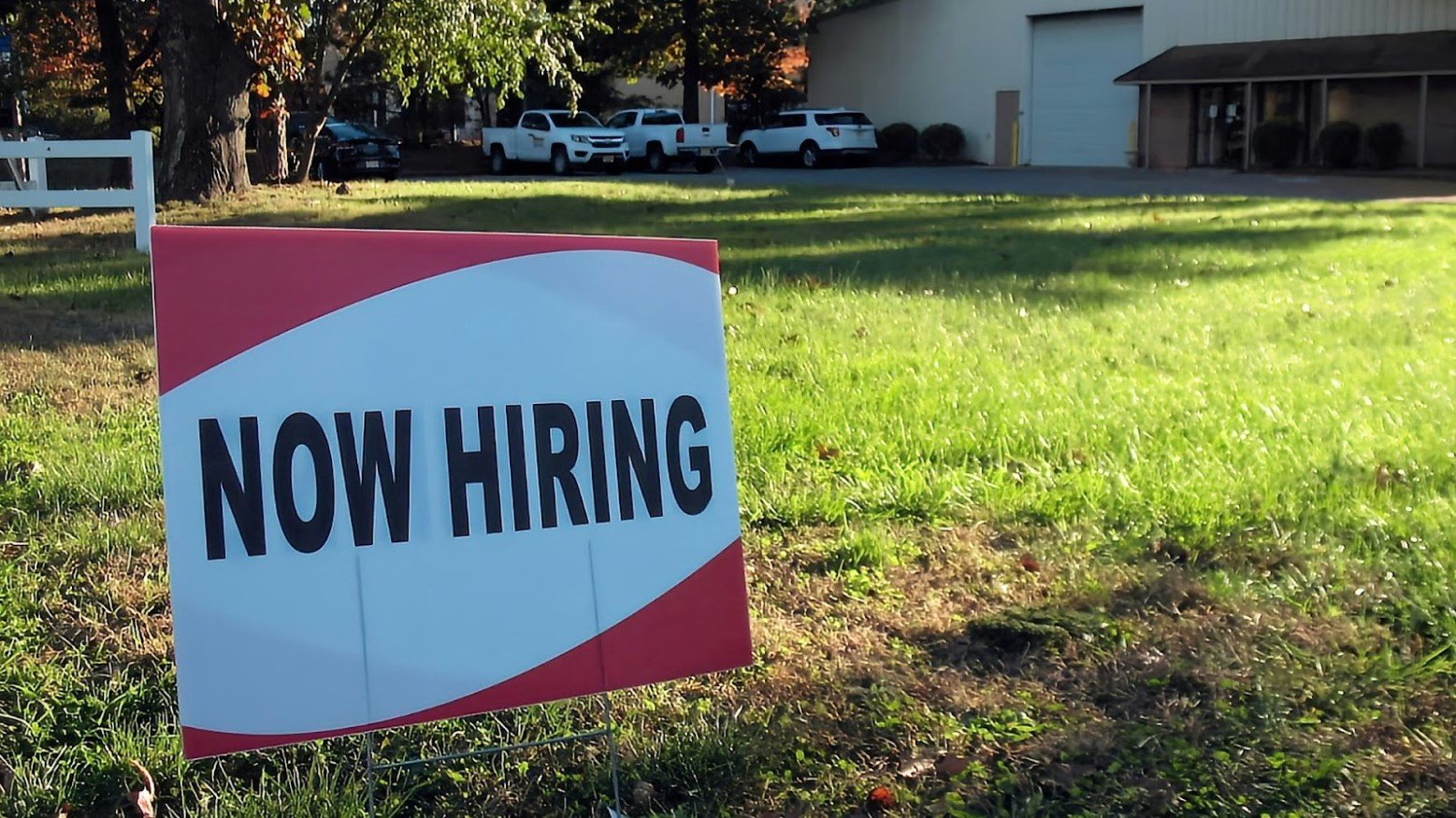
In February’s recent jobs report, unemployment rose slightly, from 3.7% to 3.9%. This quickly led to many economists talking about the Sahm rule and wondering if it could apply to today’s numbers.
Another report also confirmed that December and January’s job growth were revised down, which concerned some economists. As a result, some are claiming that this is a sign of a potential recession, according to the Sahm rule.
The Three-Month Unemployment Average

As a result of all this recent data, the three-month unemployment average sits at 3.8%. This average, minus the minimum average of the past 12 months, results in 0.27%. This is below the Sahm rule’s indicator of 0.5%.
However, economists such as Sahm are still slightly concerned. “The labor market’s bottom [won’t] fall out all of a sudden,” she explained. “But if the bad momentum gets going and you wait to see it clearly in the data, you’ve probably waited too long. Because once that snowball gets going downhill, nobody can stop it.”
